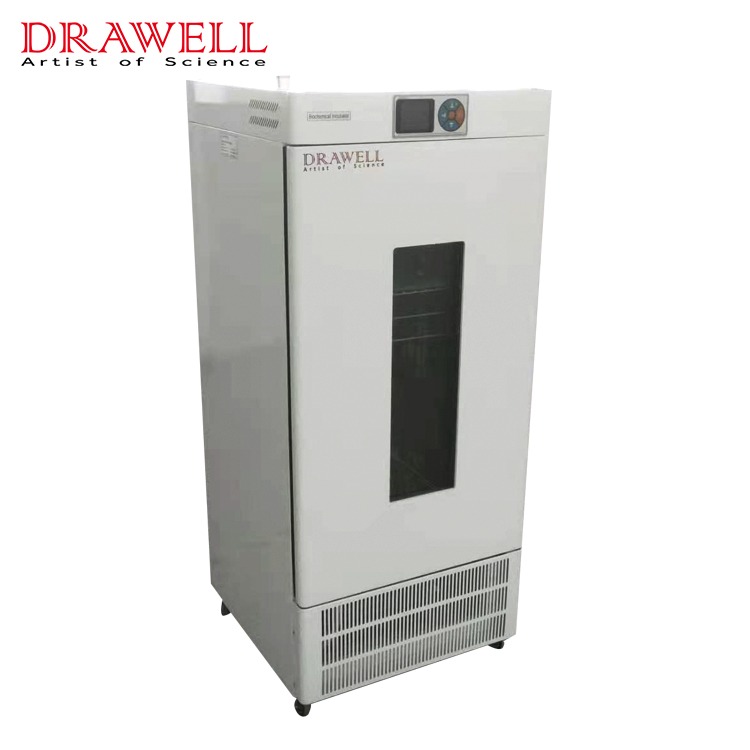In scientific and industrial laboratories, incubators are essential for creating controlled environments to grow and maintain biological entities. Two prominent types of incubators are biochemical incubators and mold incubators. They are designed for distinct purposes and possess unique features that cater to their specific applications. This article highlights the primary differences between these two types of incubators, focusing on their design, functionality, and specific applications.
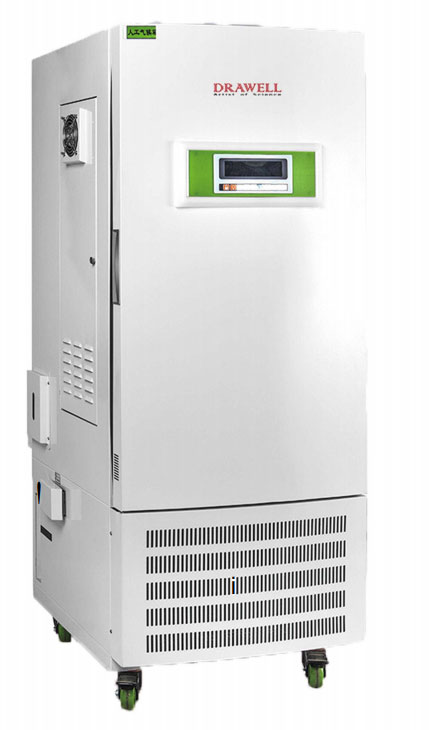
What are Biochemical Incubators and Mold Incubators?
Biochemical Incubators: Precision in Versatility
Purpose and Application
Biochemical incubators are versatile devices used extensively in fields such as microbiology, molecular biology, and biochemistry. Their primary purpose is to create a stable environment for the growth of microorganisms, cell cultures, and various biochemical reactions. These incubators are vital for tasks such as:
- Cultivating bacterial and yeast cultures
- Storing cell cultures
- Conducting enzyme reactions and protein synthesis
- DNA and RNA research
Key Features
- Temperature Control
Biochemical incubators offer precise temperature control, typically ranging from just above freezing to around 65°C (149°F). This wide range allows for the cultivation of a diverse array of organisms and biochemical processes.
- Humidity Regulation
Many biochemical incubators include humidity control to maintain optimal moisture levels, which is crucial for cell culture and other sensitive biological applications.
- Programmable Settings
Advanced models come with programmable settings that allow users to create and store multiple incubation profiles. This feature is particularly useful for experiments that require varying conditions over time.
- Uniformity and Stability
These incubators are designed to ensure uniform temperature distribution and stable conditions throughout the chamber, minimizing any fluctuations that could impact experimental results.
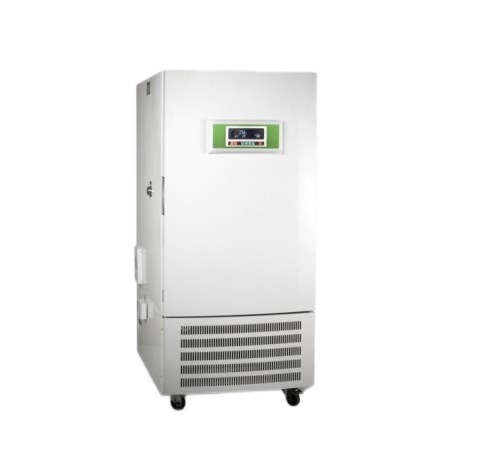
Mold Incubators: Specialized for Fungal Growth
Purpose and Application
Mold incubators are specialized devices tailored specifically for the cultivation and study of fungi, including molds and yeasts. These incubators are essential in fields such as mycology, food safety testing, and pharmaceutical research. Common applications include:
- Cultivating various fungal species for study and identification
- Testing food and environmental samples for mold contamination
- Developing antifungal treatments and products
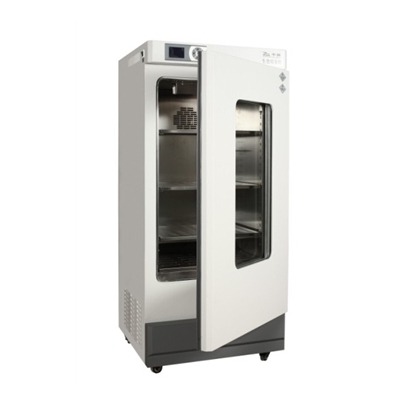
Key Features
- Optimized Temperature Range
Mold incubators typically operate within a narrower temperature range, usually between 20°C (68°F) and 50°C (122°F), which is ideal for fungal growth.
- Humidity Control
High humidity levels are often required for mold cultivation. Mold incubators are equipped with precise humidity control systems to maintain the necessary conditions for fungal growth.
- Air Circulation
These incubators often feature enhanced air circulation systems to prevent the formation of stagnant air pockets, ensuring even distribution of temperature and humidity.
- Contamination Control
Mold incubators are designed to minimize the risk of cross-contamination. This includes features such as HEPA filters and antimicrobial coatings that help maintain a sterile environment.
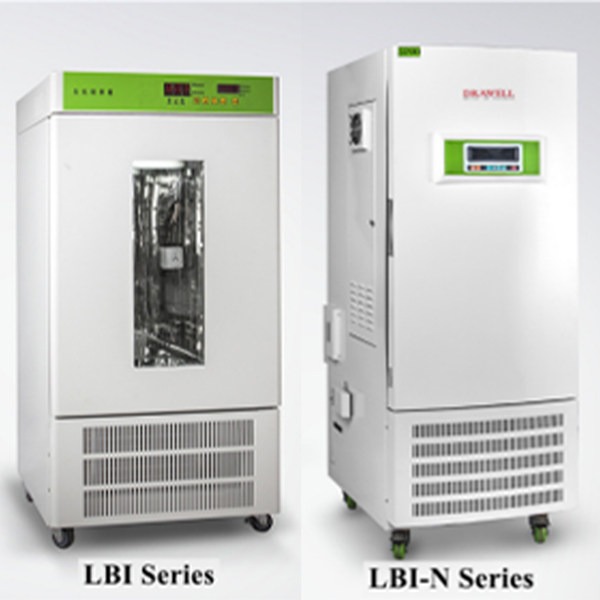
The Key Differences between Biochemical Incubators and Mold Incubators
Here is a detailed chart that outlines the differences between biochemical incubators and mold incubators
| Feature | Biochemical Incubator | Mold Incubator |
| Primary Purpose | General microbiology, molecular biology, and biochemistry | Cultivation and study of fungi (molds and yeasts) |
| Temperature Range | Broad range (near freezing to ~65°C / 149°F) | Narrow range (typically 20°C / 68°F to 50°C / 122°F) |
| Humidity Control | Often included for sensitive biological samples | Essential for maintaining high humidity levels |
| Programmable Settings | Available in advanced models for varied conditions | Less common, as conditions are typically more stable |
| Uniformity and Stability | High uniformity and stability across the chamber | Enhanced air circulation to prevent stagnant air pockets |
| Air Circulation | Standard air circulation systems | Enhanced to ensure even temperature and humidity distribution |
| Contamination Control | Basic contamination control features | Advanced features like HEPA filters and antimicrobial coatings |
| Applications | Cultivating bacterial and yeast culturesMaintaining cell culturesEnzyme reactions4. DNA/RNA research | 1. Growing fungal species2. Food/environmental mold testing3. Developing antifungal treatments |
| Optimal Conditions | Flexible to support a wide range of organisms and processes | Specific to the needs of fungi, emphasizing high humidity and stable temperatures |
Key Factors to Consider for Choosing between Biochemical Incubators and Mold Incubators
1. Type of Organism or Biological Process
Biochemical Incubators
- Ideal for a wide range of microorganisms including bacteria and yeast.
- Suitable for maintaining cell cultures and conducting various biochemical reactions, such as enzyme activity and protein synthesis.
- Perfect for molecular biology applications like DNA and RNA research.
Mold Incubators
- Specifically designed for the cultivation and study of fungi, including molds and yeasts.
- Essential for applications in mycology, food safety testing, and pharmaceutical research involving antifungal products.
2. Temperature Requirements
Biochemical Incubators
- Offer a broad temperature range, typically from near freezing to about 65°C (149°F), allowing for the cultivation of a diverse array of organisms and biochemical processes.
Mold Incubators
- Operate within a narrower temperature range, usually between 20°C (68°F) and 50°C (122°F), which is optimal for fungal growth.
3. Humidity Control
Biochemical Incubators
- Often include humidity control features, which are essential for maintaining cell cultures and other sensitive biological samples.
Mold Incubators
- High humidity control is crucial for promoting fungal growth. These incubators are equipped with precise humidity regulation systems to maintain the necessary conditions for mold cultivation.
4. Programmability and Flexibility
Biochemical Incubators
- Advanced models come with programmable settings that allow users to create and store multiple incubation profiles. This is particularly useful for experiments requiring varying conditions over time.
Mold Incubators
- Typically have less emphasis on programmability, as the conditions for fungal growth are more stable and less variable.
5. Air Circulation and Contamination Control
Biochemical Incubators
- Designed to ensure uniform temperature distribution and stable conditions, with standard air circulation systems.
Mold Incubators
- Feature enhanced air circulation systems to prevent the formation of stagnant air pockets and ensure even distribution of temperature and humidity. They also have advanced contamination control features like HEPA filters and antimicrobial coatings to maintain a sterile environment.
6. Application-Specific Needs
Biochemical Incubators
- Versatile and suitable for a wide range of laboratory applications involving different types of microorganisms and biochemical processes.
Mold Incubators
- Specialized for fungal research and applications where high humidity and precise temperature control are critical.
7. Space and Capacity
Biochemical Incubators
- Available in various sizes and capacities to fit different laboratory needs. Consider the volume of samples you plan to process and the available space in your lab.
Mold Incubators
- Also come in different sizes, but make sure the chosen model fits the specific requirements for fungal cultivation and the available laboratory space.

BOD Incubators Display
Conclusion
Both biochemical incubators and mold incubators are indispensable tools in modern laboratories, each tailored to support specific types of biological growth and research. Through understanding their unique features and applications, considering the type of organism, temperature and humidity requirements, programmability, air circulation, contamination control, application needs, and available space when making your decision, scientists and researchers can select the appropriate incubator to optimize their experimental outcomes.

